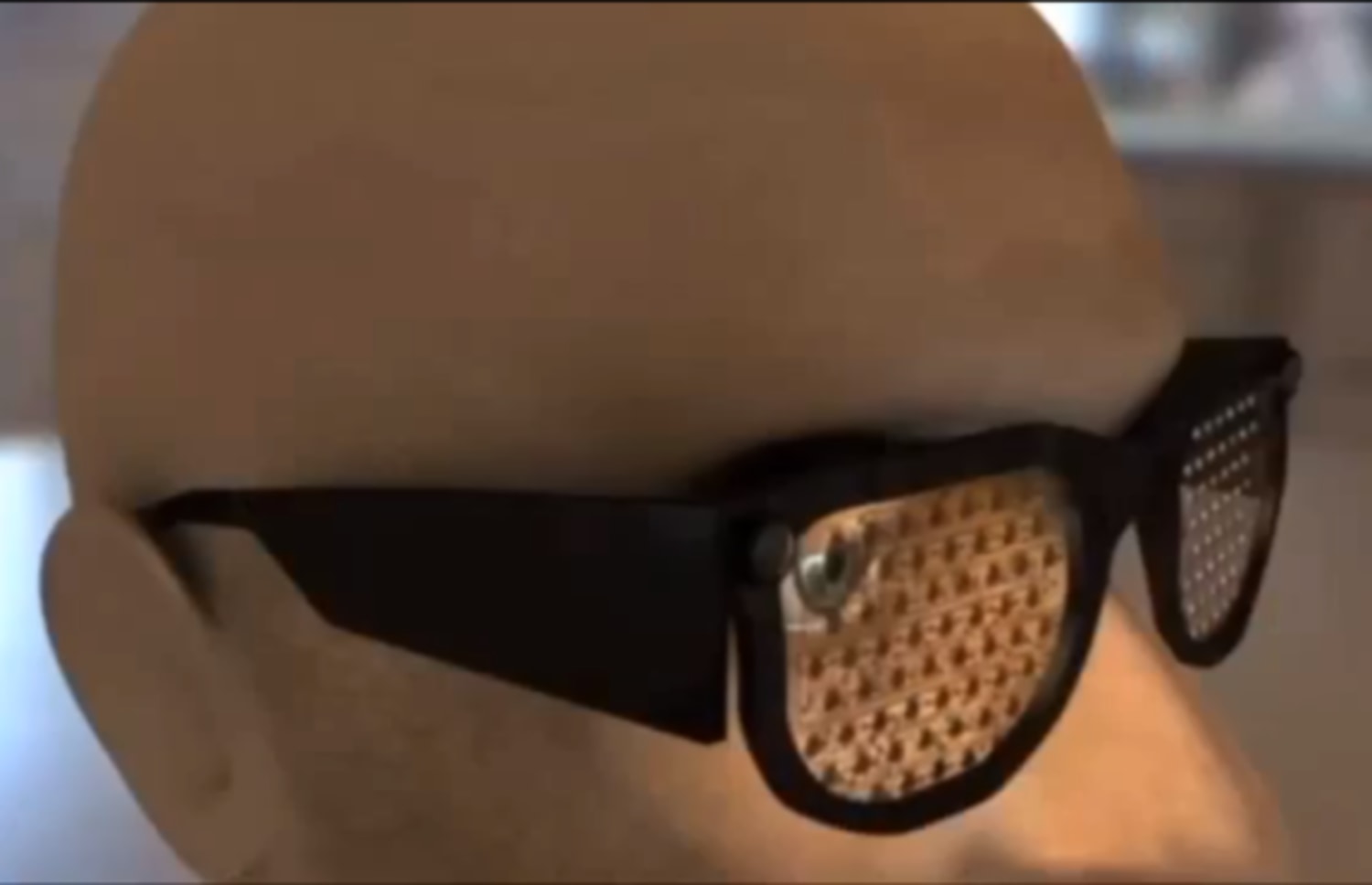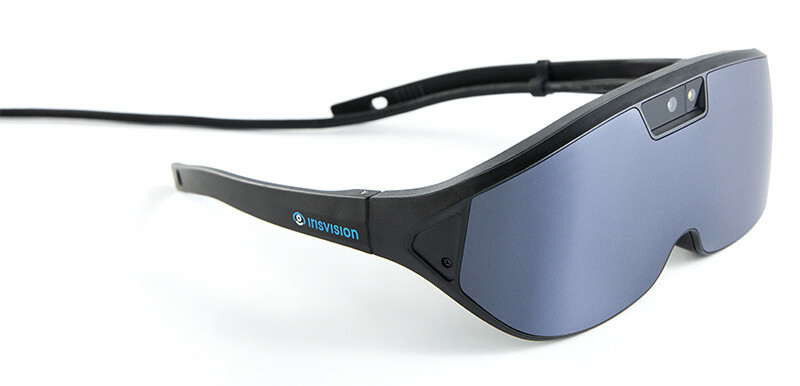Speech-to-Text Devices for Low Vision Users: Enhancing Communication and Productivity
Speech-to-Text Devices for Low Vision Users: Enhancing Communication and Productivity
Blog Article
Enhancing Accessibility Via Assistive Modern Technology for the Blind
The assimilation of assistive modern technology for the blind represents a critical development in access, basically modifying just how individuals navigate their settings and involve with society. From display visitors to cutting-edge smart canes, these tools not only boost self-reliance yet additionally advertise inclusivity in numerous rounds of life. As we explore the diverse kinds of assistive tools and their substantial influences on day-to-day living, it ends up being important to check out exactly how recurring technical improvements are improving the landscape of support for the blind community. What implications do these growths hold for the future of availability?
Review of Assistive Technology
Assistive technology describes a series of devices and software program created to enhance the abilities of individuals with impairments, consisting of those that are visually impaired or blind. This technology plays a vital function in promoting freedom and enhancing the lifestyle for individuals. By supplying alternative methods for accessing details and executing day-to-day tasks, assistive technology encourages individuals to browse their environments better.
The growth and implementation of assistive technology accept a selection of concepts aimed at cultivating access. These principles consist of user-centered layout, which prioritizes the requirements and choices of the person, and the combination of modern technology into everyday activities. Such developments guarantee that assistive tools are not just functional but likewise intuitive and very easy to utilize.
Furthermore, assistive innovation encompasses a varied spectrum of solutions, from low-tech alternatives like magnifiers to high-tech developments such as display readers and Braille displays. The ongoing development of this area is driven by the need to attend to the distinct difficulties encountered by people with aesthetic disabilities (Wearable technology for low vision). As modern technology continues to development, the capacity for improving accessibility and promoting inclusivity remains promising, inevitably adding to an extra equitable culture

Sorts Of Assistive Devices
Many kinds of assistive tools are readily available to support people that are blind or aesthetically damaged, each developed to attend to certain requirements and challenges. These devices can be extensively categorized right into three main types: low-tech, mid-tech, and sophisticated services.
Low-tech devices consist of products such as magnifiers, Braille labels, and responsive maps. These are fairly straightforward devices that enhance the individual's capability to communicate with their environment without needing complex innovation.
Mid-tech tools often involve much more sophisticated functions, such as digital magnifiers and portable Braille note-takers. These tools can offer capabilities like speech outcome, enabling customers to gain access to information much more efficiently.

Impact on Daily Living
The accessibility of different assistive gadgets dramatically enhances the quality of life for individuals who are visually damaged or blind, read review affecting their daily living in extensive means. By incorporating technologies such as screen viewers, Braille presents, and audio description services into their regimens, individuals gain better freedom and independence. These tools assist in accessibility to info, allowing individuals to do everyday tasks, such as reviewing e-mails, what do you need to be an optometrist browsing public spaces, and enjoying media material.
Additionally, assistive tools encourage people to engage even more completely in social interactions and area activities. The ability to make use of smart devices equipped with access attributes enables for smooth interaction and link with others. This connection cultivates a feeling of belonging and decreases feelings of isolation.
In professional settings, assistive technology supports efficiency by permitting people to complete work tasks efficiently. Tools like voice acknowledgment software program and specialized magnifying tools allow customers to join the labor force on equal footing with their sighted peers.

Improvements in Innovation
Recent technological developments have significantly transformed the landscape of devices readily available for people who are blind or visually impaired. The combination of expert system (AI) and artificial intelligence has generated applications that enhance navigating and item acknowledgment. Mobile phone applications can currently make use of AI to recognize and explain environments in real-time, supplying users with beneficial contextual information.
In addition, advancements in haptic technology have actually resulted in the advancement of wise walking sticks equipped with sensors that find barriers and offer responsive comments. This equips customers to browse their atmosphere with raised self-confidence and freedom. Developments in text-to-speech software program and braille display screens have actually enhanced the availability of electronic web content, enabling for seamless communication with numerous media.
Wearable technologies, such as smart glasses, are additionally making strides in helping visual disability. As technology continues to develop, the potential for also more transformative devices stays on the horizon.
Future Trends and Innovations
As technology quickly advances, the future of assistive devices for people that are blind holds immense promise. Technologies in fabricated knowledge (AI) and equipment understanding are positioned to reinvent the means blind users interact with their environments. AI-driven applications click to read more are being created to enhance item acknowledgment, allowing users to determine and browse their surroundings with greater simplicity and accuracy.
Furthermore, improvements in haptic responses modern technology are allowing the development of responsive maps and navigating help that supply real-time info via touch. These advancements not only boost wheelchair yet also foster self-reliance. In addition, wearable gadgets outfitted with augmented fact (AR) features are arising, using individuals visual details through audio descriptions, consequently bridging the void between the digital and physical globes.
Additionally, the combination of smart home technology offers new opportunities for access, enabling people to manage their living settings via voice commands or smart device applications. As cooperation in between technology programmers and the blind area continues, the emphasis on user-centered layout will certainly make sure that future developments are customized to satisfy the distinct needs of this populace (Wearable technology for low vision). The trajectory of assistive technology promises an extra inclusive and empowering future for people who are blind
Verdict
In verdict, assistive innovation plays an essential role in enhancing access for individuals with visual problems. The diverse array of devices, consisting of display viewers and clever walking canes, significantly improves day-to-day living and fosters independence. Constant improvements in modern technology and user-centered style guarantee that these tools cater properly to the distinct needs of the blind neighborhood. As innovations progression, raised inclusivity and empowerment can be anticipated, ultimately enhancing the quality of life for those influenced by visual problems.
The integration of assistive innovation for the blind represents a crucial improvement in ease of access, essentially modifying exactly how individuals navigate their atmospheres and involve with society.Assistive technology refers to an array of gadgets and software application created to boost the capabilities of people with disabilities, including those who are aesthetically impaired or blind. Wearable technology for low vision.As innovation quickly advances, the future of assistive tools for people who are blind holds immense pledge. The trajectory of assistive innovation assures a much more empowering and comprehensive future for individuals who are blind
In verdict, assistive modern technology plays an important function in improving access for individuals with aesthetic impairments.
Report this page